Join virtual tours of Frank Lloyd Wright’s architectural masterpieces
A new series of virtual tours offer you the chance to explore Frank Lloyd Wright's architecture from the comfort of your home. The campaign to continue educating and inspiring the public through the digital sphere is also a reminder of the importance of the physical experience of architecture, and an appeal for funding support to heritage sites all over the world during the Covid-19 crisis
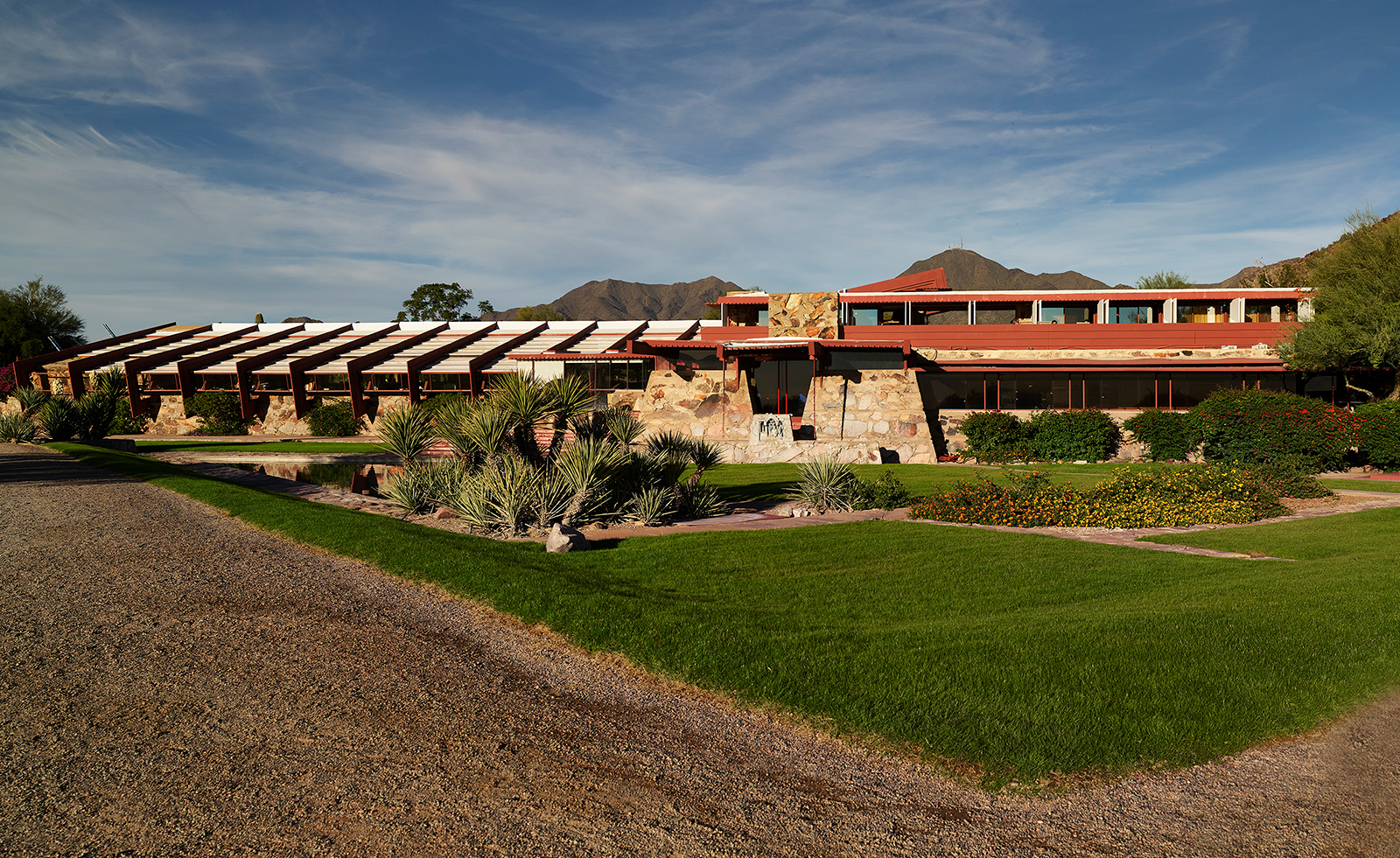
The Frank Lloyd Wright Building Conservancy, in partnership with the Frank Lloyd Wright Foundation and Unity Temple Restoration Foundation, has launched a series of weekly virtual tours to your favourite Frank-Lloyd-Wright-designed buildings. While the tours focus on bringing education and escape to a global audience, for the Conservancy they are also an important appeal for support during the Covid-19 crisis.
Along with other institutions such as art galleries and libraries, many Frank Lloyd Wright buildings, of which many are UNESCO World Heritage sites, are now closed to the public, presenting the modern landmark’s with financial pressures and fears of being unable to resume operations post-crisis. While closures are absolutely crucial to the health of the public, the cultural loss during this period of time, and quite probably its aftermath, requires attention.
In a recent statement UNESCO has described the importance of culture to physiological health: ‘At a time when billions of people are physically separated from one another, culture brings us together. It provides comfort, inspiration and hope at a time of enormous anxiety and uncertainty.’
Barbara Gordon, executive director, Frank Lloyd Wright Building Conservancy, said: ‘It is precisely at this time, when so many are shut inside, that we need to experience beauty and inspiration. Wright’s works bring people together in harmony with the natural world, reminding us that we are all connected, even when we’re apart.’
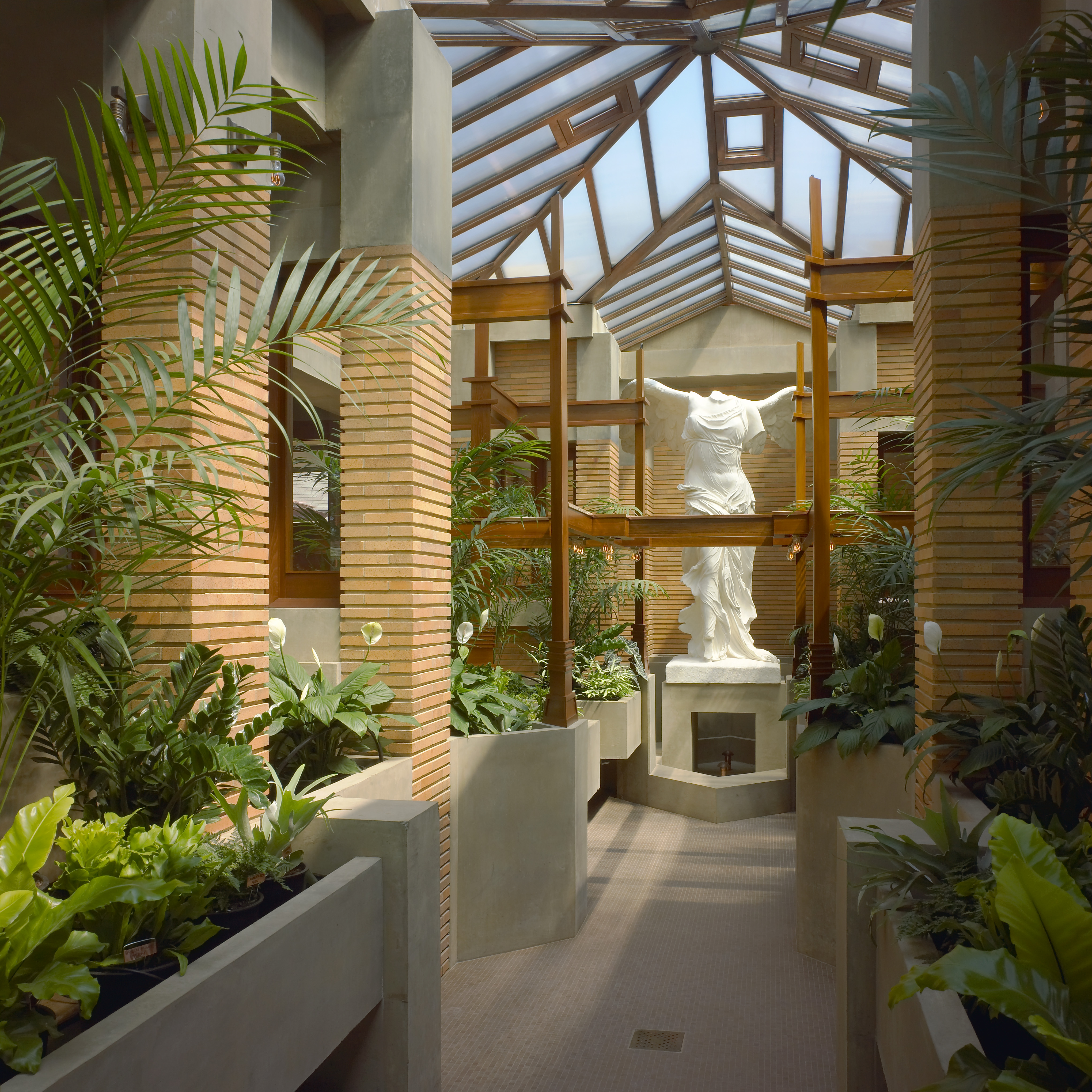
Inside the Darwin D. Martin House conservatory, part of a wider complex built between 1903 and 1905.
While virtual tours, and platforms such as the UNESCO World Heritage Journeys in Europe, are important for the digital experience of architectural landmarks from anywhere in the world, the physical experience of architecture is unparalleled and crucial for the education of architects, students and the public.
There is a pressing demand for funding support across the cultural industries. In the US, institutions such as the Getty Trust, Helen Frankenthaler Foundation, Robert Rauschenberg Foundation and Andy Warhol Foundation for Visual Arts have stepped up to provide grants across the arts sector. In the UK, the National Lottery Heritage Fund has launched a £50 million emergency fund and put all new grant applications on hold, while the Architectural Heritage Fund is continuing to stand by it's deadlines for existing grants.
So while these virtual tours are uplifting cultural journeys now democratically available to all to experience, they are also campaigns for these architectural treasures to stay in the cultural spotlight.
INFORMATION
See full list of participating sites at savewright.org.
Wallpaper* Newsletter
Receive our daily digest of inspiration, escapism and design stories from around the world direct to your inbox.
Harriet Thorpe is a writer, journalist and editor covering architecture, design and culture, with particular interest in sustainability, 20th-century architecture and community. After studying History of Art at the School of Oriental and African Studies (SOAS) and Journalism at City University in London, she developed her interest in architecture working at Wallpaper* magazine and today contributes to Wallpaper*, The World of Interiors and Icon magazine, amongst other titles. She is author of The Sustainable City (2022, Hoxton Mini Press), a book about sustainable architecture in London, and the Modern Cambridge Map (2023, Blue Crow Media), a map of 20th-century architecture in Cambridge, the city where she grew up.
-
 Put these emerging artists on your radar
Put these emerging artists on your radarThis crop of six new talents is poised to shake up the art world. Get to know them now
By Tianna Williams
-
 Dining at Pyrá feels like a Mediterranean kiss on both cheeks
Dining at Pyrá feels like a Mediterranean kiss on both cheeksDesigned by House of Dré, this Lonsdale Road addition dishes up an enticing fusion of Greek and Spanish cooking
By Sofia de la Cruz
-
 Creased, crumpled: S/S 2025 menswear is about clothes that have ‘lived a life’
Creased, crumpled: S/S 2025 menswear is about clothes that have ‘lived a life’The S/S 2025 menswear collections see designers embrace the creased and the crumpled, conjuring a mood of laidback languor that ran through the season – captured here by photographer Steve Harnacke and stylist Nicola Neri for Wallpaper*
By Jack Moss
-
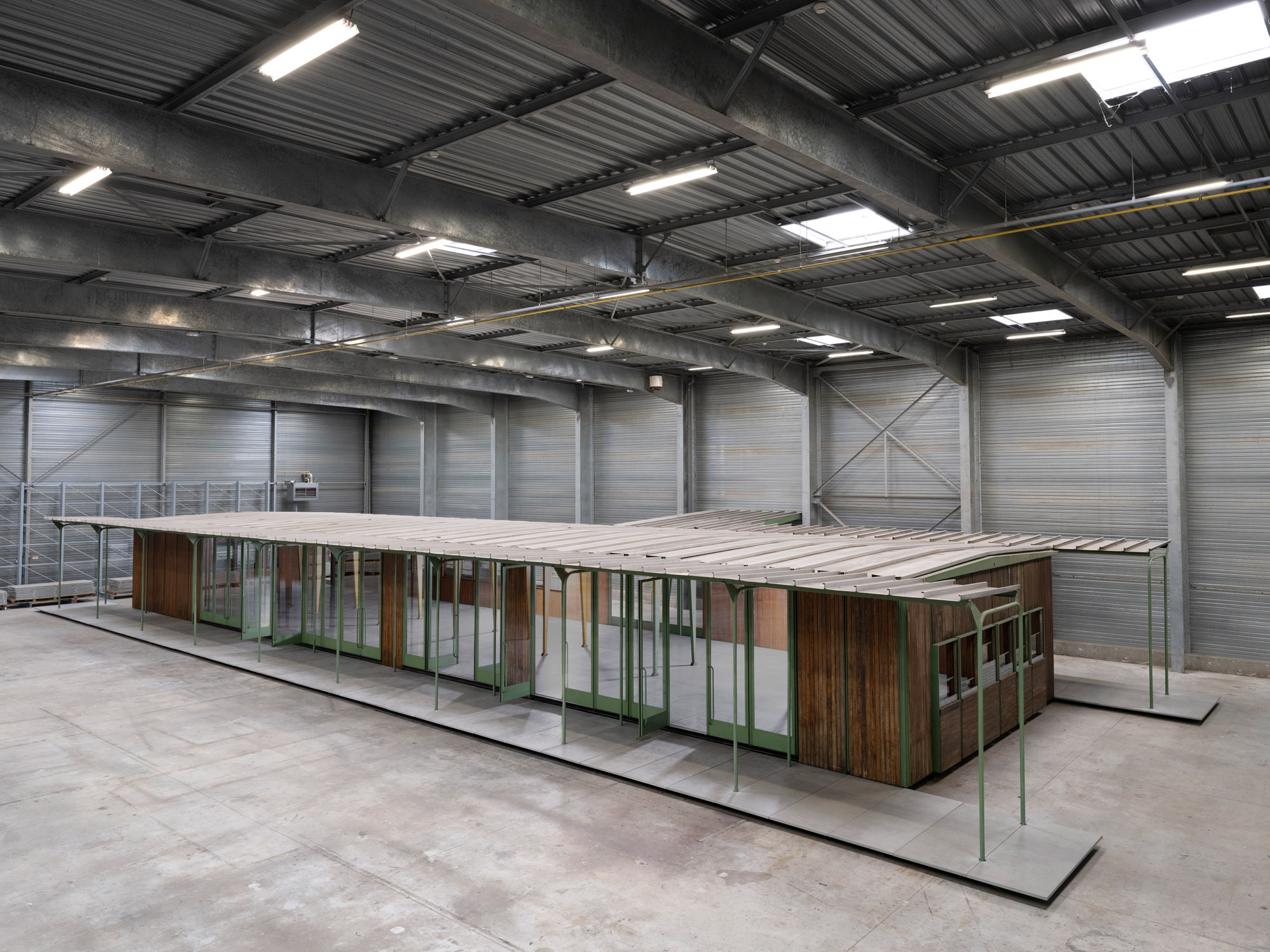 Croismare school, Jean Prouvé’s largest demountable structure, could be yours
Croismare school, Jean Prouvé’s largest demountable structure, could be yoursJean Prouvé’s 1948 Croismare school, the largest demountable structure ever built by the self-taught architect, is up for sale
By Amy Serafin
-
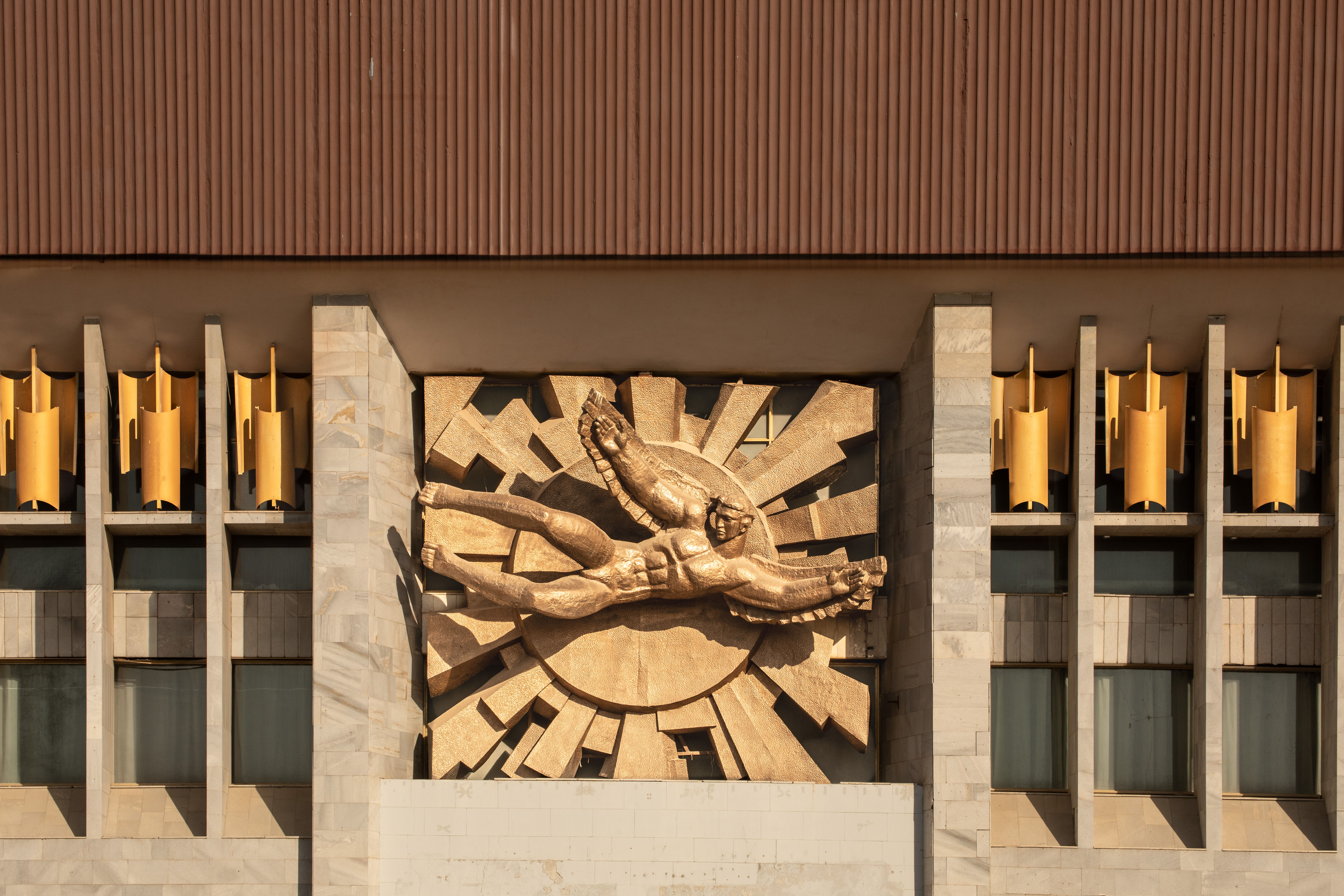 Jump on our tour of modernist architecture in Tashkent, Uzbekistan
Jump on our tour of modernist architecture in Tashkent, UzbekistanThe legacy of modernist architecture in Uzbekistan and its capital, Tashkent, is explored through research, a new publication, and the country's upcoming pavilion at the Venice Architecture Biennale 2025; here, we take a tour of its riches
By Will Jennings
-
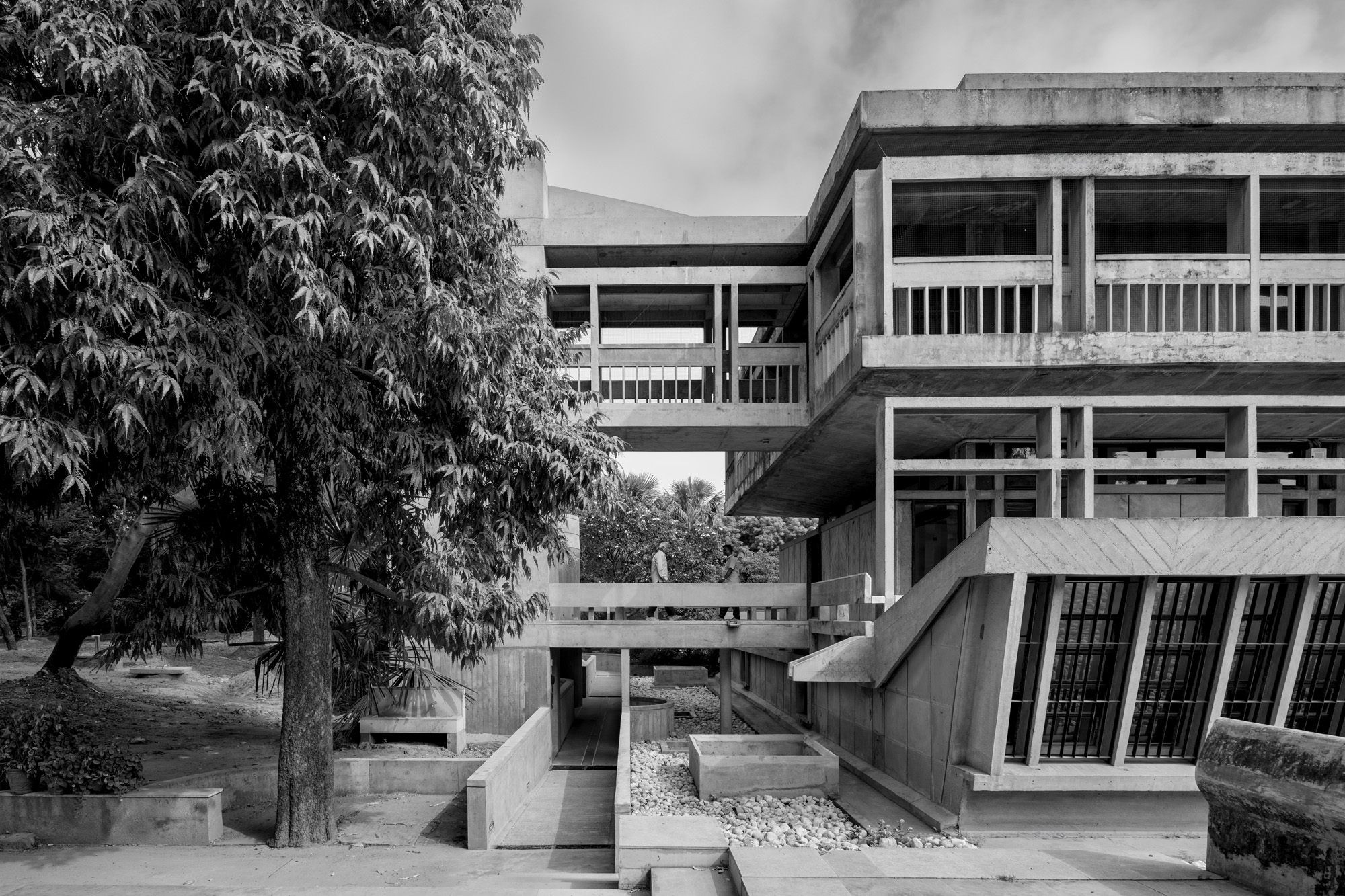 At the Institute of Indology, a humble new addition makes all the difference
At the Institute of Indology, a humble new addition makes all the differenceContinuing the late Balkrishna V Doshi’s legacy, Sangath studio design a new take on the toilet in Gujarat
By Ellie Stathaki
-
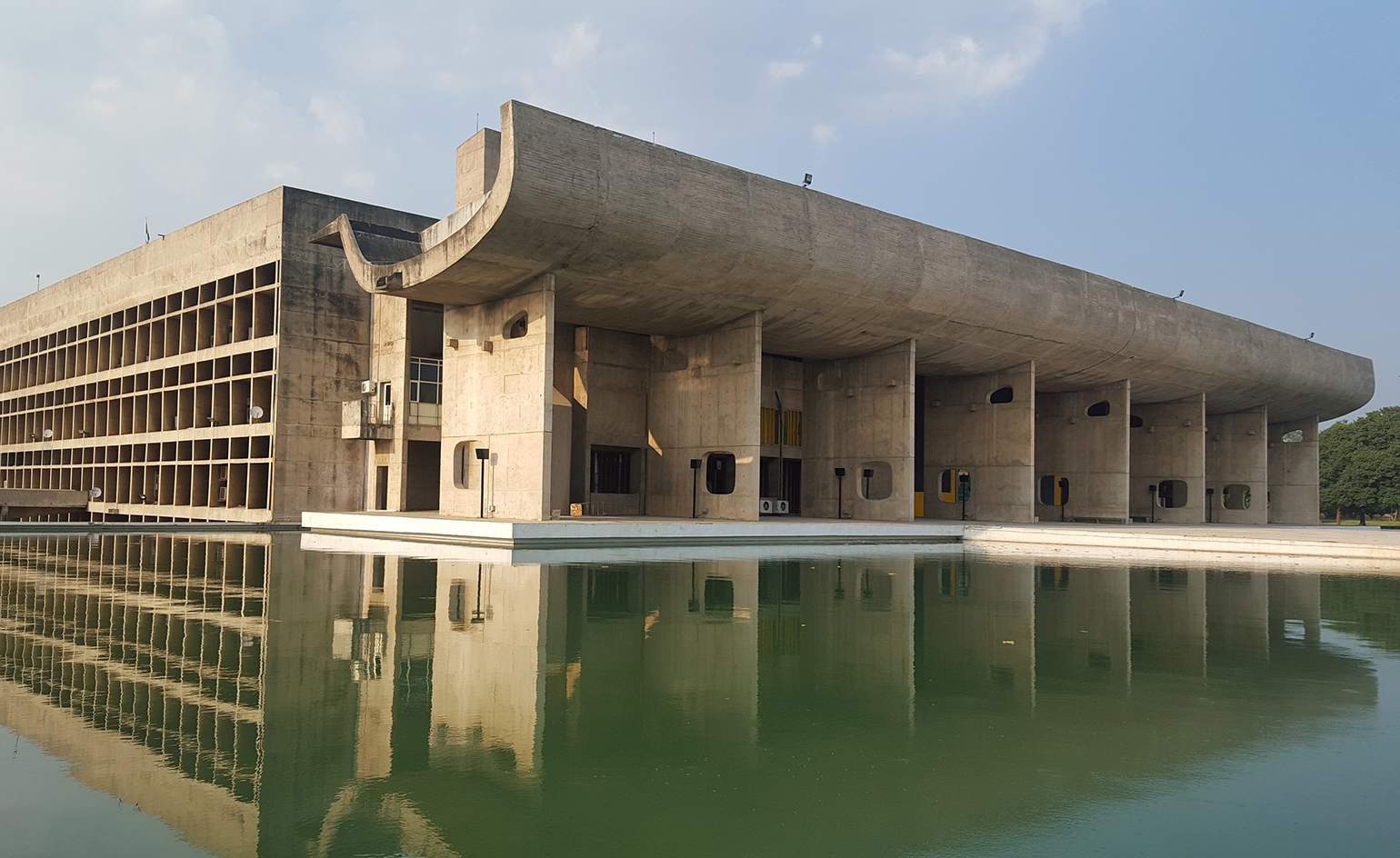 How Le Corbusier defined modernism
How Le Corbusier defined modernismLe Corbusier was not only one of 20th-century architecture's leading figures but also a defining father of modernism, as well as a polarising figure; here, we explore the life and work of an architect who was influential far beyond his field and time
By Ellie Stathaki
-
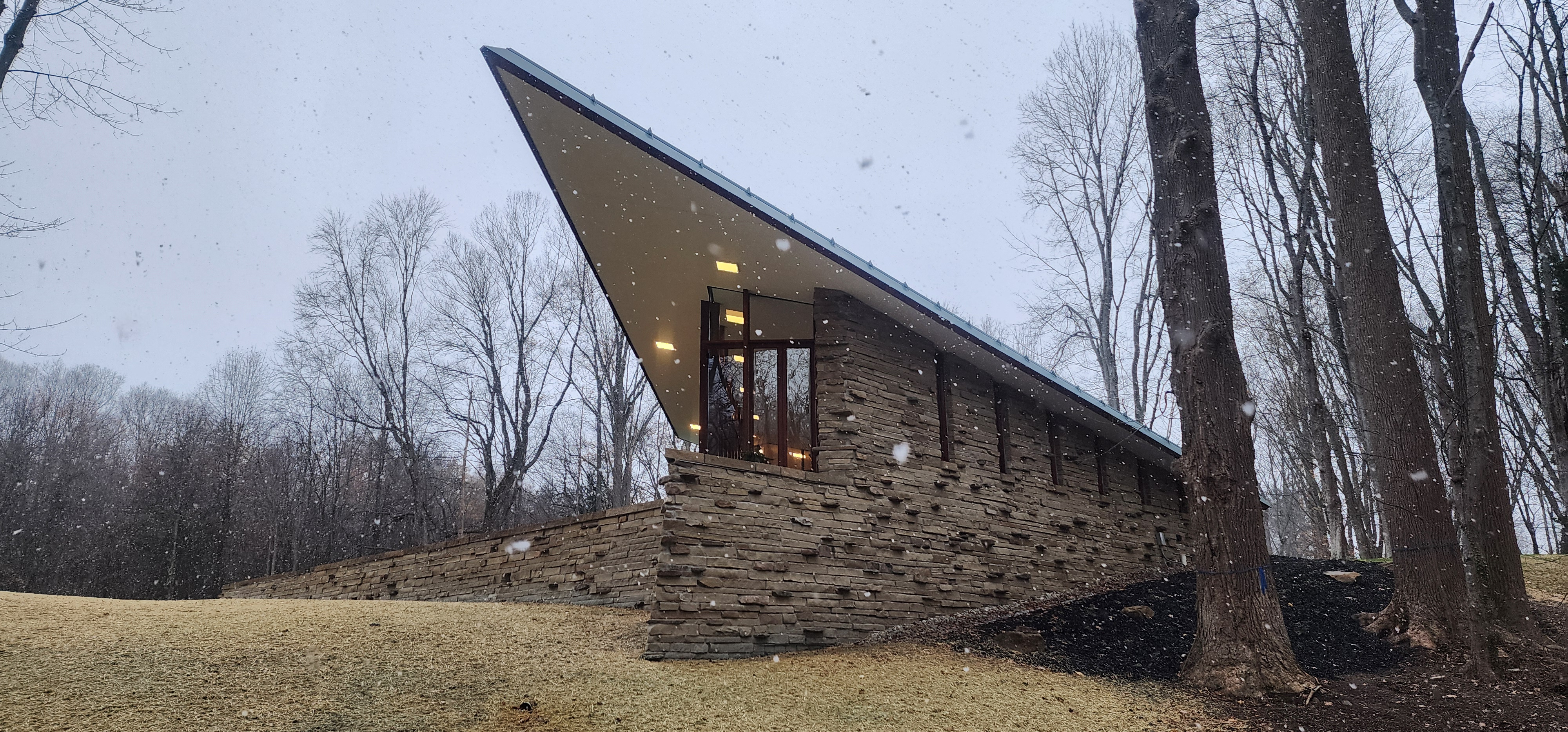 Frank Lloyd Wright’s last house has finally been built – and you can stay there
Frank Lloyd Wright’s last house has finally been built – and you can stay thereFrank Lloyd Wright’s final residential commission, RiverRock, has come to life. But, constructed 66 years after his death, can it be considered a true ‘Wright’?
By Anna Solomon
-
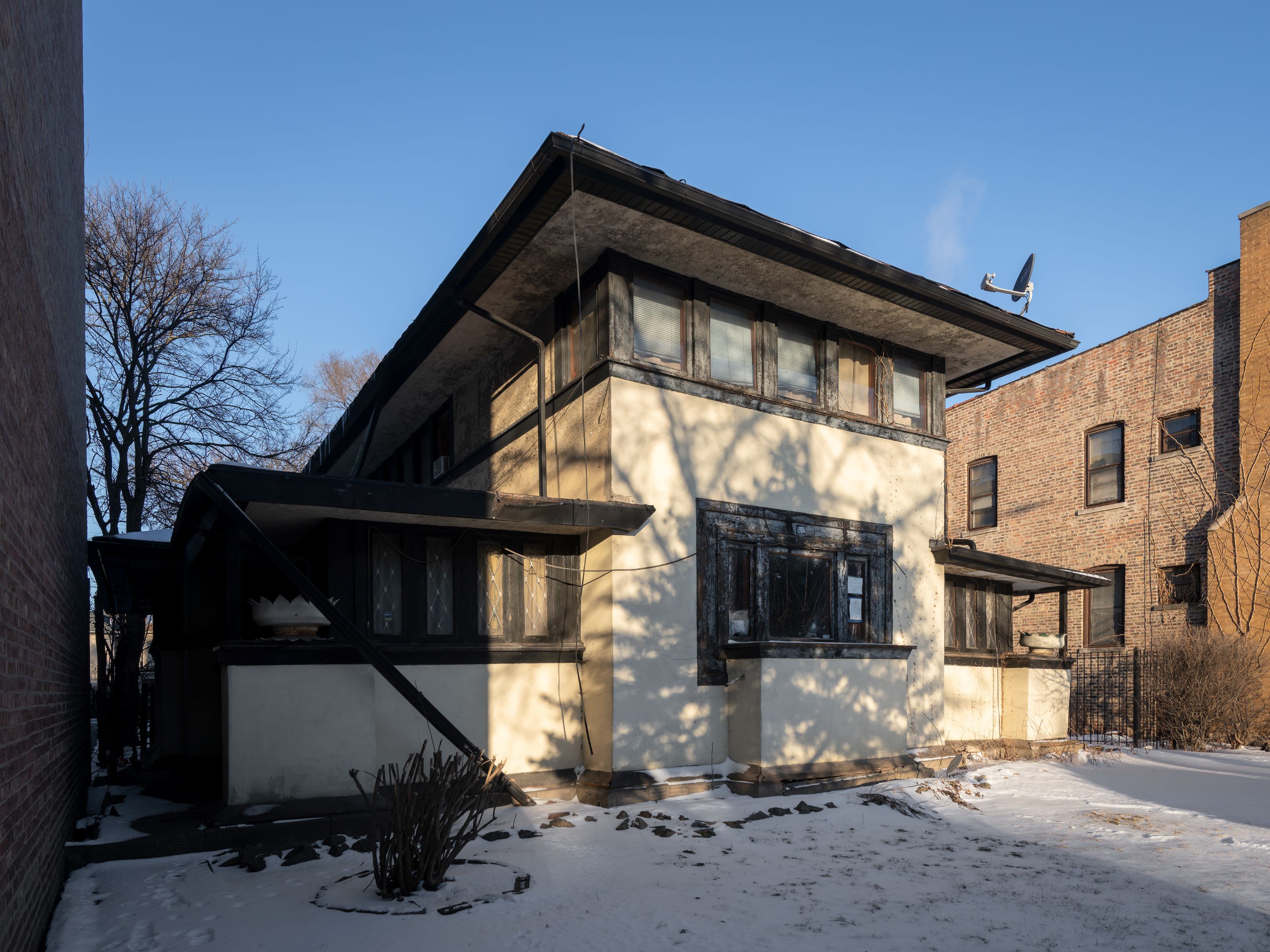 Why this rare Frank Lloyd Wright house is considered one of Chicago’s ‘most endangered’ buildings
Why this rare Frank Lloyd Wright house is considered one of Chicago’s ‘most endangered’ buildingsThe JJ Walser House has sat derelict for six years. But preservationists hope the building will have a vibrant second act
By Anna Fixsen
-
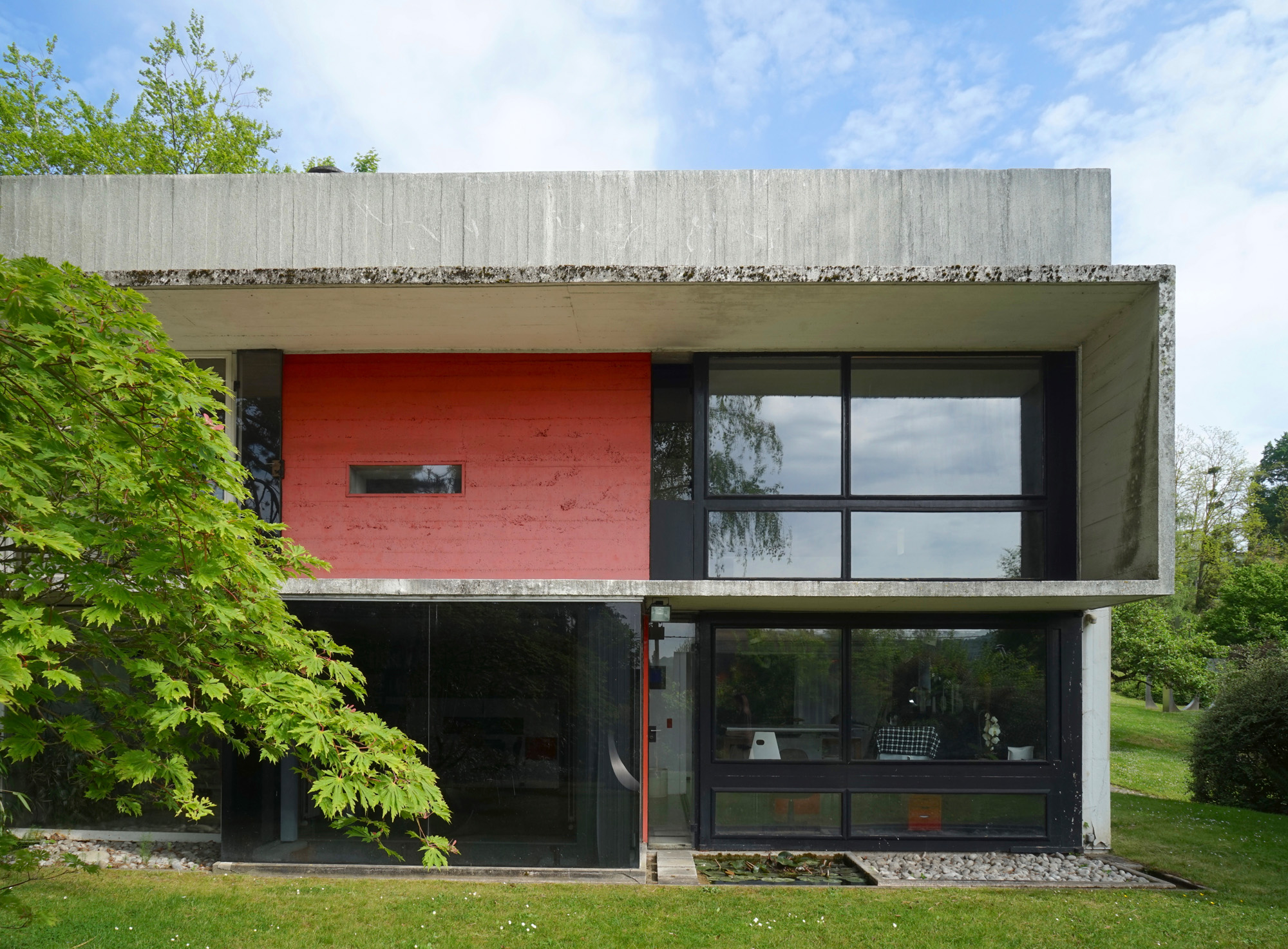 How to protect our modernist legacy
How to protect our modernist legacyWe explore the legacy of modernism as a series of midcentury gems thrive, keeping the vision alive and adapting to the future
By Ellie Stathaki
-
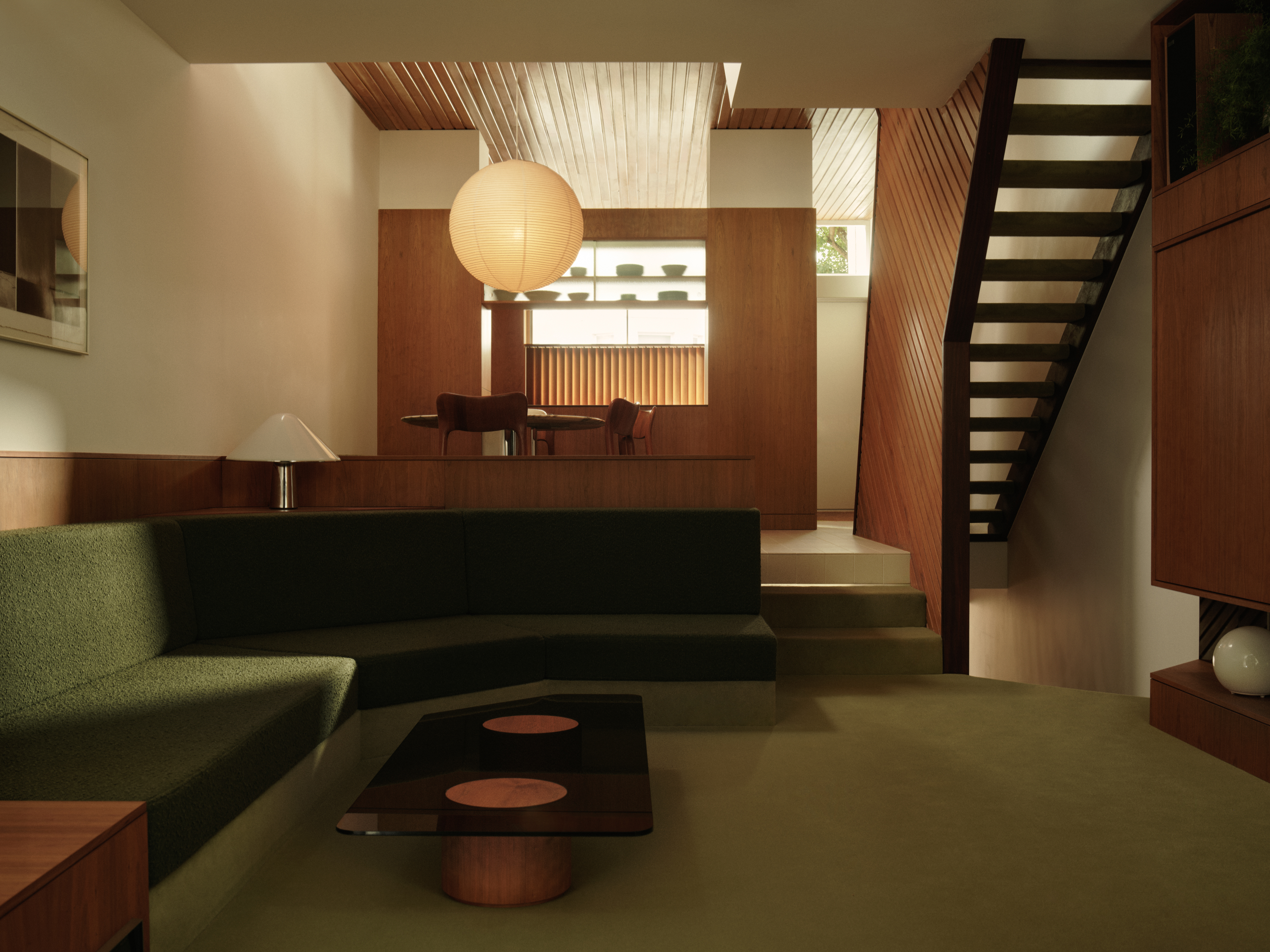 A 1960s North London townhouse deftly makes the transition to the 21st Century
A 1960s North London townhouse deftly makes the transition to the 21st CenturyThanks to a sensitive redesign by Studio Hagen Hall, this midcentury gem in Hampstead is now a sustainable powerhouse.
By Ellie Stathaki